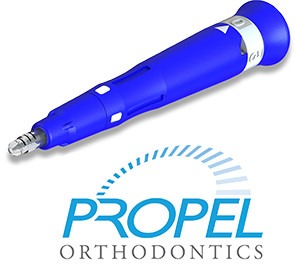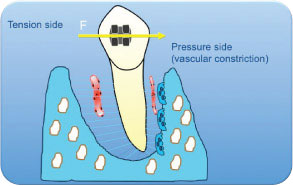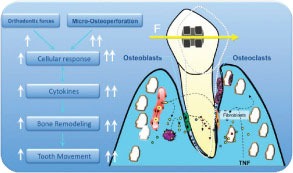Introducing PROPEL® - The Fastest Way to a Brodsky Smile
In the past 20 years, new treatment options have made our patients’ orthodontic experience more efficient, but not necessarily faster. That is, until now!
Drs. Joel and Charles Brodsky are using the very latest in orthodontic technology to reduce the length of time that their patients must wear their orthodontic appliances. PROPEL® orthodontics works by stimulating the surrounding gum tissue to allow your teeth to move into proper alignment up to 50% faster than traditional methods. While old methods may require patients to wear braces 24 months or more, many of Dr. Brodsky's patients who use PROPEL® orthodontics are able to complete their orthodontic treatment in under 12 months.
Propel is a device which is used to make micro-perforations in the bone around the teeth. The perforations are mild in nature and in most instances only require topical anesthetic. The micro-perforations can be performed throughout the mouth or can be localized to specific areas as needed. The micro-perforations will result in up to 50% faster tooth movement and the effect of the micro-perforations lasts approximately three months.
Propel can be completed right here in our office and does not require any invasive surgical procedure. Additionally, Propel treatment yields very little discomfort. There is zero recovery time and you will be able to immediately return to your normal daily routine.
How do teeth move in orthodontic treatment?
Forces on teeth produce pressure and tension on either side of roots, causing remodeling of the bone and therefore, tooth movement. Osteoblasts and Osteoclasts are recruited to remove and add bone on the pressure and tension side of the root. The process of inflammation is necessary for this to occur.
How does PROPEL affect the movement of teeth?
Micro-Osteoperforations with the PROPEL® device cause a localized inflammation where there is an increase blood flow and cytokine expression as part of this inflammatory response. By increasing the cytokines in the area of desired movement, bone remodeling activity greatly increases and therefore the rate of tooth movement increases as well.


